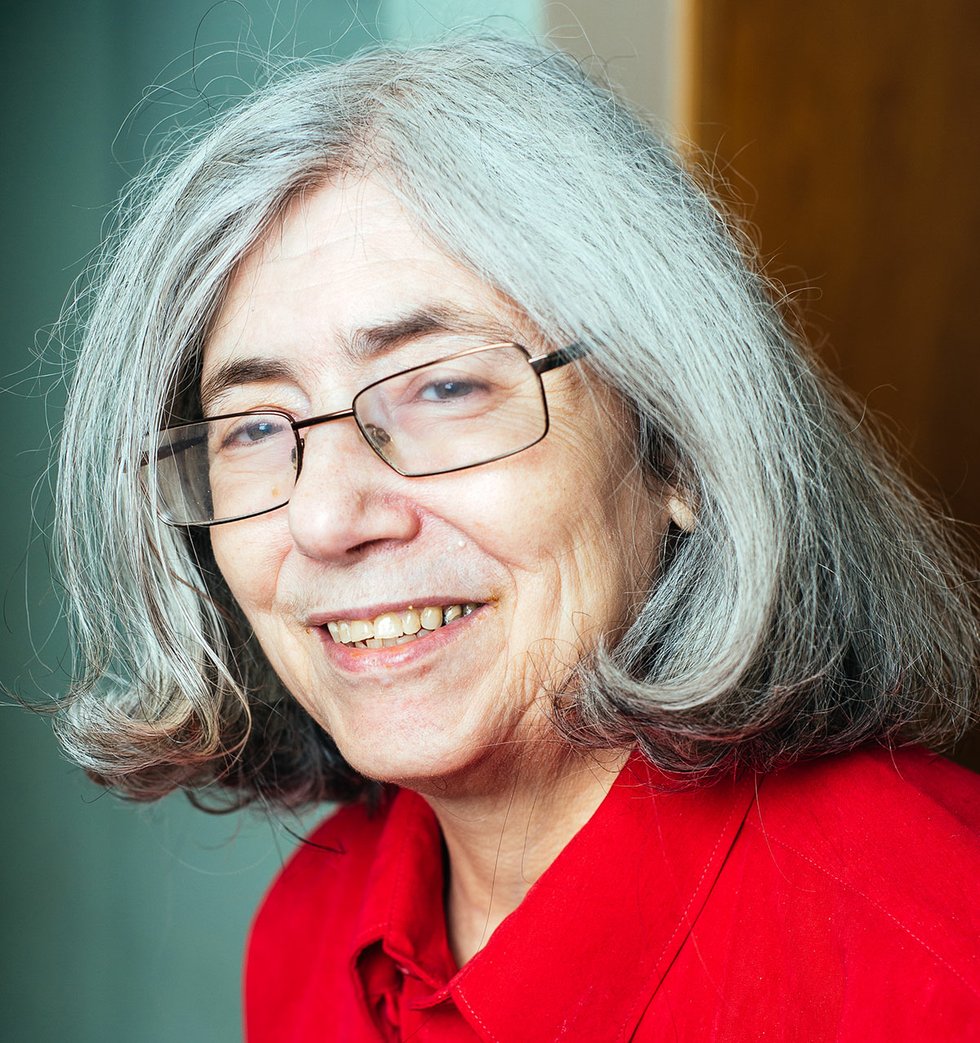
Bonnie Burstow’s new novel, The Other Mrs. Smith (Inanna), provides her the opportunity to set her anti-psychiatry ideas into motion via the fictional world of Mrs. Smith, whose life is turned upside-down after receiving electroconvulsive therapy (ECT) in the 70s.
Burstow is an anti-psychiatry theorist whose previous books include non-fiction works Psychiatry And The Business Of Madness and Radical Feminist Therapy, as well as the novel The House On Lippincott. She practises psychotherapy in Toronto and is an associate professor in adult education and community development at the University of Toronto’s Ontario Institute for Studies in Education (OISE).
The anti-psychiatry movement posits that psychiatry is damaging to patients due in part to its doctor-patient power dynamics, focus on chemical imbalances, diagnosis and pharmaceuticals, and invasive treatments like ECT. According to a BBC article, even the term “mental health” causes Burstow to wince.
And so, during the book’s first half, told as a memoir written by the eponymous Naomi Smith, we read about the evils of doctors, especially male psychiatrists the horrors of psychiatric institutions, also a place where friendships are built the damage done by medications, often over-prescribed the breakdown of families touched by mental illness, especially the mother-daughter bond and the diminishing of a once-vital woman’s sense of self and quality of life.
Interestingly, psychotherapy does not factor into The Other Mrs. Smith’s narrative. The protagonist, whose depression is brought on after giving birth to her first child, falls into an even deeper slump after having swaths of her memory erased by ECT and the side effects – weight gain, lethargy, lack of focus – of being on anti-anxiety medication.
The book’s second half follows her journey to regain independence and purpose after weaning herself off meds and repairing a break with (and returning to) her formidably supportive, open and understanding family in Winnipeg.
Perhaps Burstow feared a conflict of interest by bringing in psychotherapy. But the real-world gap between “the draconian power of psychiatry” and going completely DIY is substantial, with various psychodynamic, cognitive-behavioural and dialectic behaviour therapies, to name a few, making up much of the space between. That space goes unexplored.
Burstow’s all-or-nothing approach might leave some readers believing that all a depressed person needs to get better is support from family, community and art. (Naomi’s creativity reawakens as the book goes on.) And that the rejection of anything related to the medical world – and the patriarchy – is required for regaining psychological stability. (She’s probably right about the patriarchy.)
Sure, the book is fiction, but such a simplistic approach still strikes me as dangerous. Depending on the severity of symptoms, lots of people struggling with mental health issues do benefit from professional help. Mood-stabilizing meds can sometimes help a dysregulated person get out of bed each day and, in turn, regain functionality. Feeling better in a fundamental, long-term way may require learning new ways of thinking and relating, and expanding the capacity for emotional regulation and the handling of intolerable feelings, all ideally undertaken and practised in a safe therapeutic setting.
Few people can do these things on their own, and while extended social networks are vital, many, many people can’t turn to their families for sustaining, nurturing forms of support. If Burstow shares this view, it doesn’t come through.
The world of Burstow’s protagonist is additionally idealistic. The author shoehorns in as much “diversity” as possible, seemingly as a way to drive home her ideas about the importance of inclusivity, community and social justice. A scene in which an Indigenous man is mistreated on the street seems to function solely as a way for Naomi to preach about oppression. Naomi’s family is Jewish and religious observance gets lots of space her close friend is a trans man who had been her husband’s first wife she has psychic abilities with her twin sister, who’s in a polyamorous relationship with her husband (for zero narrative reason) her search for another friend, an Indigenous man whom she met in the hospital, gives shape to the novel. And so on.
The intentions are good, but it’s a sledgehammer approach, one that also plays out in Burstow’s unsubtle writing style.
That said, Burstow’s views on the efficacy of psychiatry, diagnosis and treatment are worth paying attention to. It’s hard to deny that we live in an overmedicated society. That many psychiatrists take a short view rather than a long view of mental health, and wield an unhealthy amount of power. That psychiatry is big business, and treatment often doesn’t get to the source of a patient’s anguish. That far too many women, people of colour and queer folks have been unfairly pathologized.
It’s worth noting that Burstow made the news last year after successfully establishing the Bonnie Burstow Scholarship in Antipsychiatry, given to an OISE thesis student doing research in that field. It’s the world’s first such award. She told NOW that she hoped the scholarship would “spur alternative ways of arranging society so that we aren’t inventing diseases or brain-damaging people, and there is a greater acceptance of difference.”
She’s most definitely on a mission, and The Other Mrs. Smith is her latest contribution to it. Just keep in mind that it’s a work of fiction.
Carla Gillis is a long-time NOW contributor and a student at the Toronto Institute for Relational Psychotherapy.
carlag@nowtoronto.com | @carlagillis












